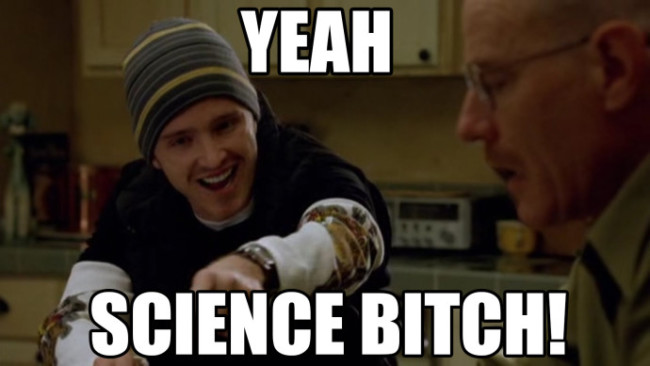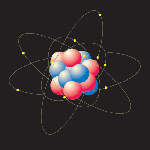I just discovered my new (old) favourite documentary series. It is titled Connections and it was aired by the BBC in 1978 an 1979. The series was written, and presented by British science historian James Burke. “It took an interdisciplinary approach to the history of science and invention, and demonstrated how various discoveries, scientific achievements, and historical world events were built from one another successively in an interconnected way to bring about particular aspects of modern technology.”
And to my immense surprise and delight, I also read that the series is coming back, 45 years later, with a brand new season.
Posts Tagged → science
The Happiness Box theory
“The Happiness Box theory posits that sufficiently advanced civilizations don’t swarm out into the universe, they implode into virtual worlds of their own making. If you could gain the ability to upload consciousness into simulated realities that are functionally indistinguishable from physical reality, why would you bother to climb into a physical spaceship to outwardly explore?”
[via]
Art vs. Reality

A pilot study from a group of Dutch scientists implies that being told that an image is an artwork automatically changes our response, both on a neural and behavioural level.
The Isolator

“The Isolator is a bizarre helmet invented in 1925 that encourages focus and concentration by rendering the wearers deaf, piping them full of oxygen, and limiting their vision to a tiny horizontal slit. The Isolator was invented by Hugo Gernsback, editor of Science and Invention magazine, member of “The American Physical Society,” and one of the pioneers of science fiction.”
(via laughing squid)
The future is arriving (at last)
Researchers at Berkeley have developed a system that reads people’s minds while they watch a video and then roughly reconstructs what they were watching from thousands of hours of YouTube videos.
“
Nishimoto and two other research team members served as subjects for the experiment, because the procedure requires volunteers to remain still inside the MRI scanner for hours at a time.
They watched two separate sets of Hollywood movie trailers, while fMRI was used to measure blood flow through the visual cortex, the part of the brain that processes visual information. On the computer, the brain was divided into small, three-dimensional cubes known as volumetric pixels, or ‘voxels.’
‘We built a model for each voxel that describes how shape and motion information in the movie is mapped into brain activity,’ Nishimoto said.
The brain activity recorded while subjects viewed the first set of clips was fed into a computer program that learned, second by second, to associate visual patterns in the movie with the corresponding brain activity.
Brain activity evoked by the second set of clips was used to test the movie reconstruction algorithm. This was done by feeding 18 million seconds of random YouTube videos into the computer program so that it could predict the brain activity that each film clip would most likely evoke in each subject.
Finally, the 100 clips that the computer program decided were most similar to the clip that the subject had probably seen were merged to produce a blurry yet continuous reconstruction of the original movie.
”
(via kottke.org)
Bobby McFerrin Demonstrates the Power of the Pentatonic Scale
La configurazione degli atomi

Sto leggendo I Nuovi umanisti. L’autore è John Brockman, il più convinto sostenitore della nascita della cosiddetta “terza cultura”, una nuova attitudine che abbatte e supera la tradizionale scissione tra cultura umanistica e scientifica.
In uno dei saggi migliori della raccolta, intitolato “Il software è un solvente culturale“, parlando di proprietà, contenuti e licenze si legge:
“Nell’era dell’informazione abbiamo bisogno di passare ad una concezione più profonda di proprietà, intesa come un corpus di diritti. Il debutto del replicatore di Star Trek (di cui oggi possiamo vedere gli antenati nelle macchine per prototipi e nelle stampanti 3D) significherà che gli oggetti fisici potranno essere copiati, proprio come i libri, i CD e il software. Un giorno la Ford non sarà un’azienda automobilistica, ma una società di proprietà intellettuale che vi concederà in licenza un complesso progetto per la manipolazione della materia. Voi non possederete una T-Bird modello 2030: vi verrà solo concesso il diritto a mantenere degli atomi in quella configurazione per tre anni”
(Jordan B. Pollack)
*update: manco a farlo apposta. gli scienziati della Rice University hanno costruito una nanocar, cioè una micromacchina molecolare
[via boing boing]
